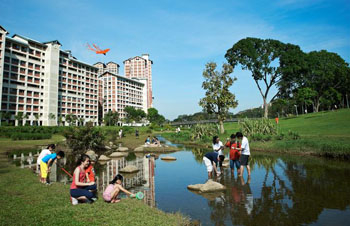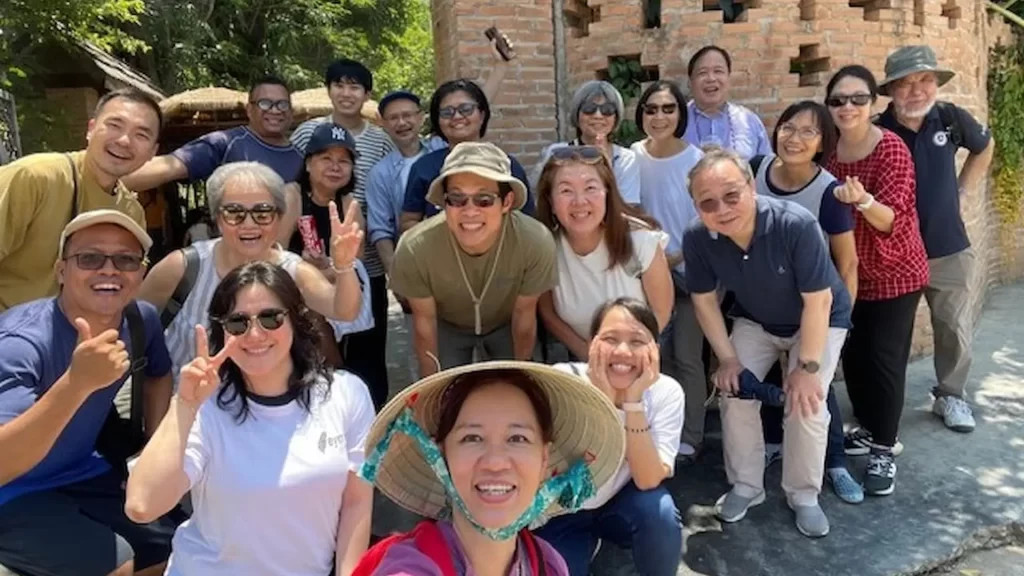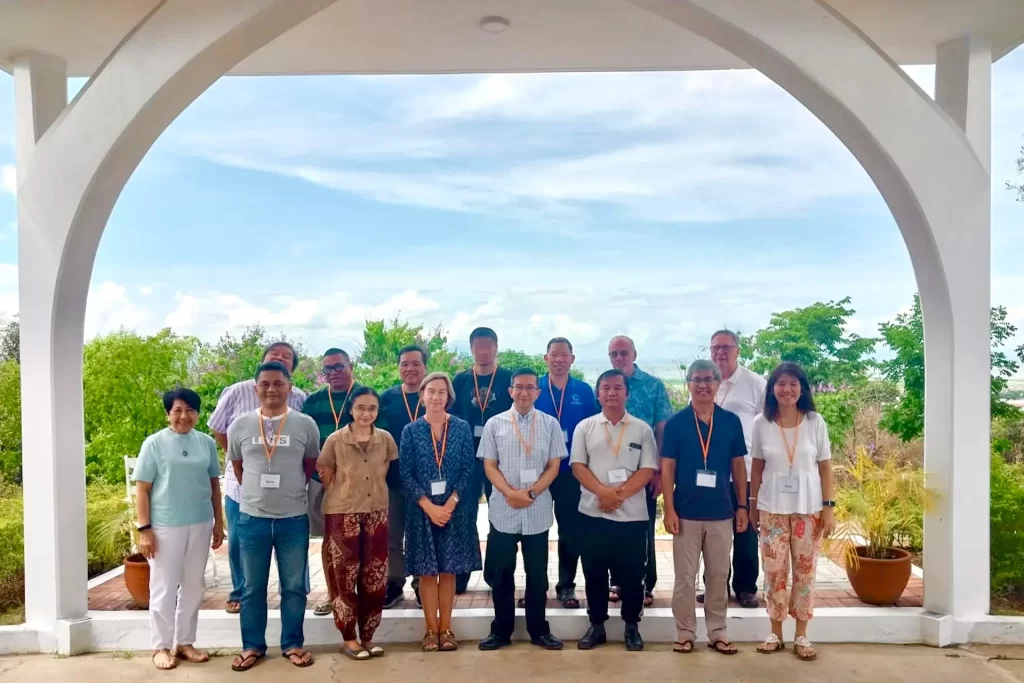Will creating more social spaces in Singapore lead to the sprouting of more social communities? In this concrete jungle we live in today, where do we fit in? How can modern architecture lend a hand in softening Singapore’s concrete jungle, making it a more liveable place? These were some of the questions considered at the forum@KINGSMEAD dialogue and reflection on “Mankind and Urbanisation at the Cross Roads”, held at the Kingsmead Centre for Ignatian Spirituality and Counselling on August 19, 2014. Architect Theodore Chan led the discussion after he presented key observations and personal commentaries on current scenarios and trends of urbanization in the Singapore context.
According to Theodore, urban geographers predict that by the year 2030, up to 70 percent of mankind will be living in cities and urban environments. This puts unprecedented pressure both socially on humanity and resource-wise on creation at large. Singapore, in her rapid urbanisation since her independence in 1965, has grown beyond recognition.
The meteoric progress has not come without cost. High-rise blocks of Housing Development Board flats have replaced clusters of kampong houses. Architecture reflects its society and Singapore’s focus in the years after her independence was on providing people with quick and efficient housing for the fast-growing population. The design of these flats was centred on functionality – the “head” dimension – and lacked the “heart” and “hands” dimensions that eventually led to the loss of social spaces, connection with one another, and finally, the forfeiture of informal interactions and community spirit.
In recent years, the Singapore government has recognized the adverse effects of the removal of social spaces on social interactions and community spirit, and is shifting the emphasis in architecture to incorporate more social spaces and nature. Some of these efforts include the development of parks, more interesting-looking buildings with more varied colours, and the development of void decks as social spaces to compensate for the fast urbanisation.

Singapore is also considering concepts of community building through architecture developed by architects locally and overseas. Tay Kheng Soon’s concept of urbanisation focuses on an all-in-one village, bringing the city and the countryside into one and the same realm. William Lim and Edward Soja promote the concept of spatial justice that links social justice with the organization of space. While many say that Singapore faces the problem of land scarcity, Theodore highlighted that the problem rather is how land is being planned and used.
With the infusion of more social spaces in the new architecture designs, can the Singapore government revive the social communities that have been lost over the decades? In response to this question, some of the forum participants said that the loss of social communities finds its root in reasons beyond the lack of physical social spaces. For example, suggestions obtained in a survey of Singaporeans on how we may build communities include a slower pace of life, a farmer’s market, community plazas, and the introduction or more pets and animals in the community.
At the end of the evening, the conclusion was that perhaps these questions and more need to be discussed further to gain greater insight into the effectiveness of creating communities and national identity through the provision of more social spaces.






